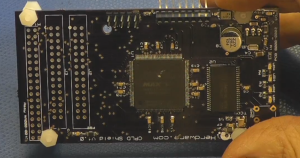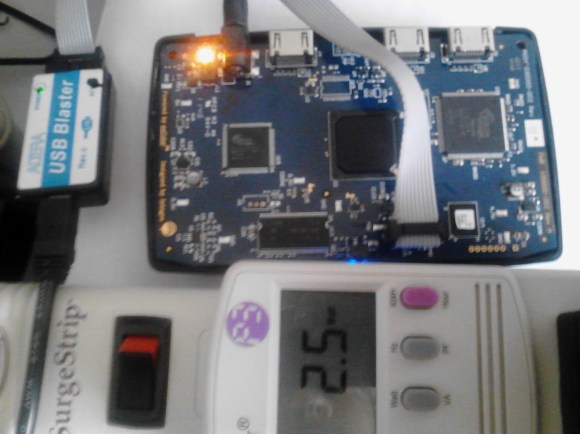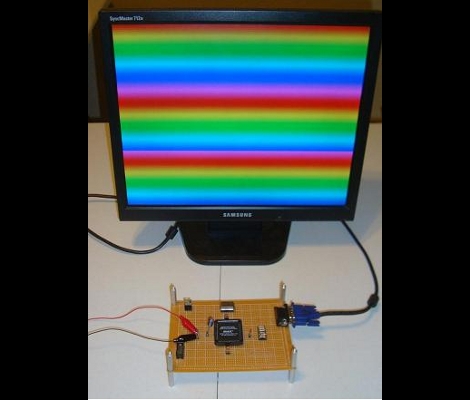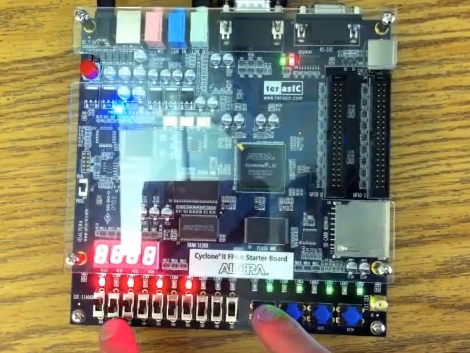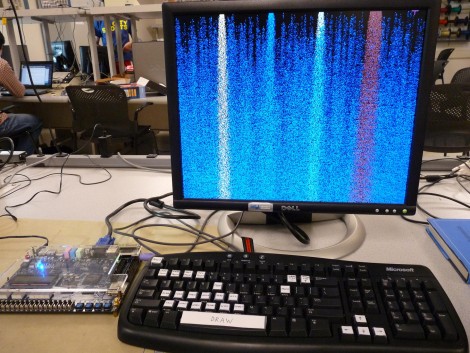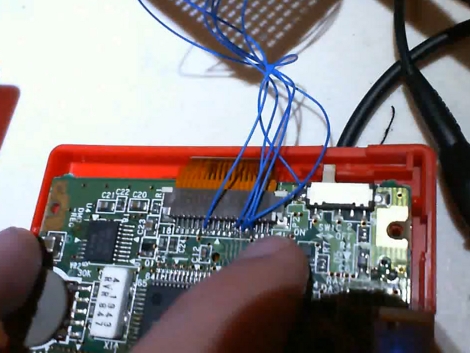

Parallax has embraced open source hardware by releasing the source code to its Propeller 1 processor (P8X32A). Designed by [Chip Gracey] and released in 2006, the 32-bit octal core Propeller has built up a loyal fan base. Many of those fans have created development tools for the Propeller, from libraries to language ports. [Ken, Chip], and the entire Parallax team have decided to pay it forward by releasing the entire source to the Propeller.
The source code is in Verilog and released under GNU General Public License v3.0. Parallax has done much more than drop 8-year-old files out in the wild. All the configuration files necessary to implement the design on an Altera Cyclone IV using either of two different target boards have also been included. The DE0-Nano is the low-cost option. The Altera DE2-115 dev board is more expensive, but it also can run the upcoming Propeller 2 design.
The release also includes sources for the mask ROM used for booting, running cogs, and the SPIN interpreter. [Chip] originally released this code in 2008. The files contain references to PNut, the Propeller’s original code name.
We’re excited to see Parallax taking this step, and can’t wait to see what sort of modifications the community comes up with. Not an Altera fan? No problem – just grab the source code, your favorite FPGA tools, and go for it! Starved for memory? Just add some more. 8 cogs not enough? Bump it up to 16. The only limits are the your imagination and the resources of your target device.
Interested in hacking on a real Propeller? If you’re in Las Vegas, you’re in luck. A Propeller is included on each of the nearly 14,000 badges going to DEFCON 22 attendees. While you’re there, keep an eye out for Mike and The Hackaday Hat!


